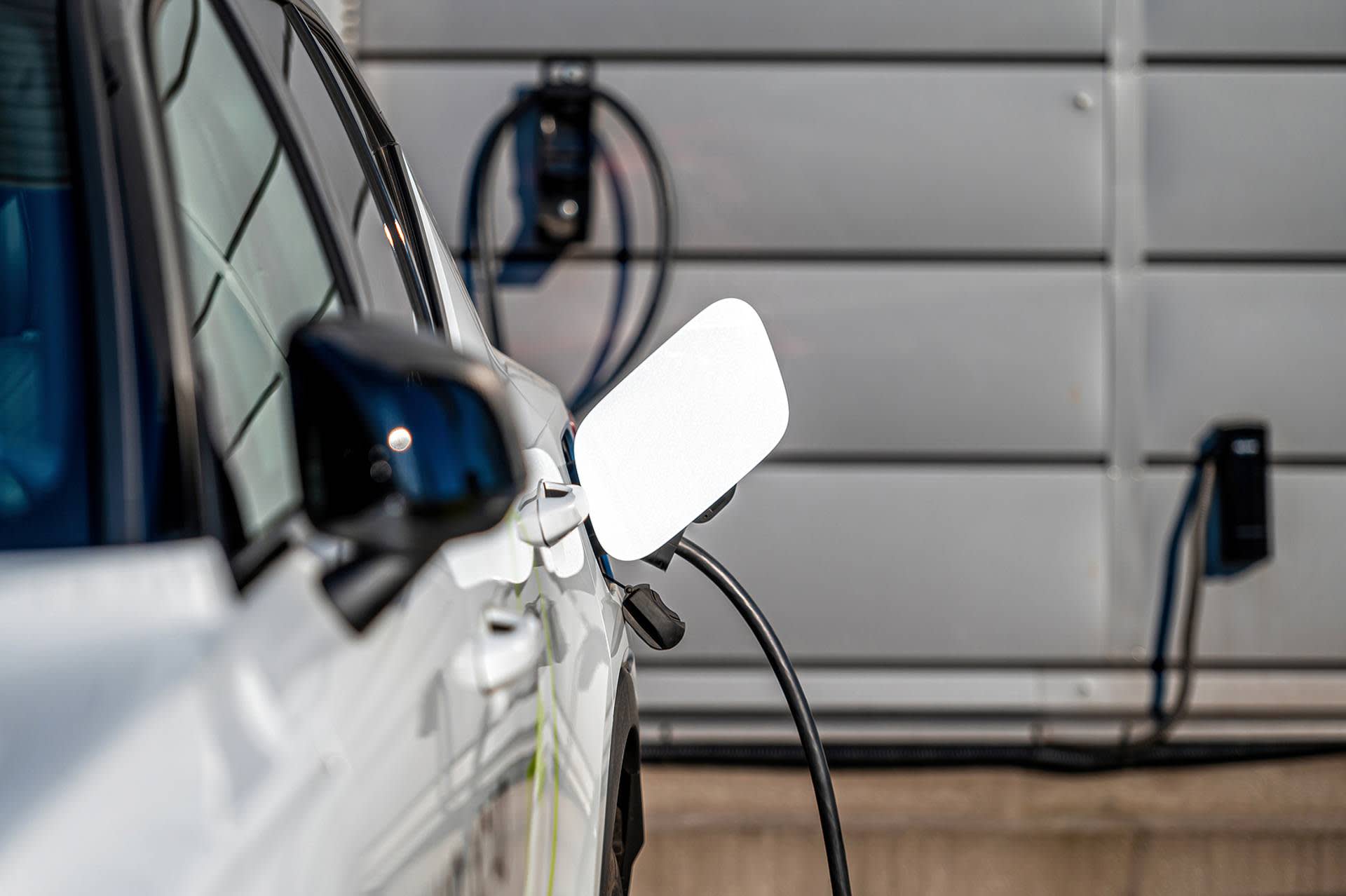Can an old EV battery power your organisation?
Electric vehicles (EVs) are widely considered to be a key solution to cutting significant carbon emissions to help tackle the world’s climate crisis. The battery that powers them - the lithium-ion battery - is helping to reduce reliance on fossil fuels.
But what happens to these batteries once they’ve reached the end of their EV-powering life?
Contrary to growing concern that they’ll be dumped, there are several ways to re-use an EV battery after it’s served its purpose in a vehicle.

Huge potential for re-use
The lifespan of an EV battery within vehicles, from its original placement through the second-hand market, could be as long as 20 years or more, and this will only increase as technology evolves. But these batteries can still provide an energy source after powering a car. Done properly, this second-life could potentially last up to 15 years.
Unlike traditional lead-acid batteries, EV batteries are composed of several hundred smaller cells. This makes them comparatively light and gives them enough storage to serve multiple purposes in a lifetime.
One of these purposes is as a static battery energy storage system, which can be used as a power source in domestic and commercial settings. By pairing an ex-EV battery with a renewable energy source like solar panels, businesses can generate and store cleaner energy for their offices or site and potentially reduce their bills.
And it’s not just in domestic and commercial settings where we’re seeing second-life batteries take off. The electric racing rally series Extreme E, which stages events in some of the most remote locations in the world, now uses second-life EV batteries to power its vehicles in these off-the-grid locales.
EV vehicle manufacturers are also leading the way in second-life battery usage. Nissan has opted to reuse its own batteries to power robotic machinery that delivers car parts to employees in their factories. And Volkswagen has begun trialling recycling plants which will extract metals from EV battery packs for potential reuse.

The responsibility of the manufacturer
For EV batteries to have maximum use in their second-life, manufacturers need to ensure the battery is optimised for use in its initial role. This is a crucial phase of its lifecycle, as the most sustainable way to reuse an EV battery is to ensure its repurposed only when it’s necessary to do so.
Getting this process right means you get the greatest number of years out of each battery, maximising its use before it needs to be repurposed. Many manufacturers have already taken this into account: most modern EVs are developed with technology that provides drivers with charging recommendations to avoid sub-optimal charging behaviour.
Only once an EV battery has reached the end of its second life should we break it back down to its previous metals for recycling.
Taking pressure off the grid
As the UK continues to focus on sustainability, one of our main priorities is the stability of the grid. This has led to the popularity of decentralised energy – or drawing energy from alternative renewable sources. And repurposed EV batteries could play a key role in this.
By storing renewable energy, second-life EV batteries can help to take pressure off the grid by providing businesses with access to low-cost energy at peak times. Energy storage users can also generate new revenue streams by selling services back to the National Grid.
We know that the wellbeing of the grid is critical – and therefore creative solutions are the way forward. There’s huge potential for second-life battery uses, from robotics to grid management and beyond.
By exploring these uses, we can help second-life EV batteries gain traction as a decentralised energy source. Streamlining – and extending - the life cycle of EV batteries will introduce yet another way to store and distribute renewable power, making sustainable energy even more accessible.
Find out moreDisclaimer
We’ve used all reasonable efforts to ensure that the content in this article is accurate, current, and complete at the date of publication. However, we make no express or implied representations or warranties regarding its accuracy, currency or completeness. We cannot accept any responsibility (to the extent permitted by law) for any loss arising directly or indirectly from the use of any content in this article, or any action taken in relying upon it.

